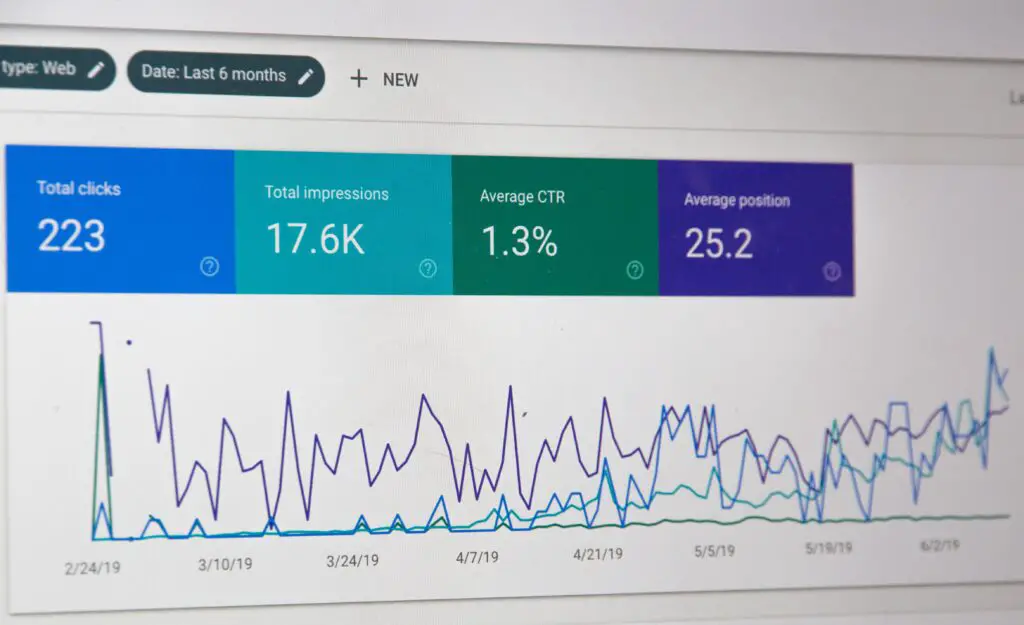Starting your own startup can be an exciting and fulfilling journey. It allows you to bring your innovative ideas to life and potentially make a significant impact on the world. However, the process of starting a startup can seem daunting, especially if you’re new to entrepreneurship. This ultimate guide will provide you with step-by-step instructions on how to start your own startup, from finding your passion to scaling and growing your business.
Introduction: The growing popularity of startups

In recent years, startups have gained immense popularity. These innovative ventures have disrupted traditional industries, introduced groundbreaking technologies, and transformed the way we live and work. The success stories of startups like Uber, Airbnb, and SpaceX have inspired aspiring entrepreneurs worldwide to embark on their own entrepreneurial journeys. Starting a startup is not only about financial gains but also about creating a positive impact on society and pursuing one’s passion.
What is a startup?

Before diving into the process of starting a startup, it’s important to understand what a startup actually is. A startup is a young company founded by one or more entrepreneurs who aim to develop a unique product or service and bring it to the market. Startups typically operate in a fast-paced and uncertain environment, with the goal of rapid growth and scalability. They often leverage technology and innovation to disrupt existing markets or create entirely new ones.
Finding your passion and identifying a market need

The first step in starting your own startup is to find your passion. Think about the areas that genuinely excite and motivate you. Starting a startup requires dedication, hard work, and perseverance, so it’s crucial to choose a field that aligns with your interests and values. Once you’ve identified your passion, the next step is to identify a market need. Conduct thorough research to understand the pain points and challenges faced by potential customers. Look for gaps in the market where your passion and expertise can create a unique solution.
Conducting market research

Market research is a critical component of starting a startup. It helps you gain insights into your target audience, understand market trends, and evaluate the competition. Start by defining your target market and customer personas. Conduct surveys, interviews, and focus groups to gather valuable feedback. Analyze the data collected to identify key opportunities and refine your product or service offering. Market research provides a solid foundation for making informed business decisions and developing effective marketing strategies.
Developing a business plan

A well-crafted business plan serves as a roadmap for your startup. It outlines your vision, mission, target market, competitive landscape, and financial projections. A comprehensive business plan helps you communicate your ideas to potential investors, partners, and stakeholders. Include sections on your product or service description, marketing and sales strategies, operations, and financials. Be realistic and detail-oriented when developing your business plan, as it will guide your startup’s growth and operations.
Securing funding for your startup

One of the biggest challenges for startups is securing funding. There are several funding options available, including bootstrapping, angel investors, venture capital firms, crowdfunding, and government grants. Each option has its own advantages and considerations. Research and evaluate the funding options that align with your startup’s stage, industry, and growth plans. Prepare a compelling pitch deck and financial projections to attract potential investors. Networking and building relationships with investors can also enhance your chances of securing funding.
Setting up the legal structure

Setting up the legal structure for your startup is crucial for protecting your intellectual property, managing liabilities, and ensuring compliance with laws and regulations. Decide on the legal structure that best suits your startup, such as sole proprietorship, partnership, limited liability company (LLC), or corporation. Consult with a lawyer or legal advisor to understand the legal requirements, draft necessary contracts and agreements, and register your business. It’s essential to prioritize legal compliance from the early stages to avoid future legal complications.
Building a strong team

Building a strong and dedicated team is vital for the success of your startup. Look for individuals who share your passion and possess complementary skills. Consider the roles and responsibilities needed within your startup and hire accordingly. Conduct thorough interviews and assessments to ensure a good fit. Nurture a positive work culture that encourages collaboration, creativity, and growth. Your team members will be the driving force behind your startup’s success, so invest time and effort in building a cohesive and motivated team.
Creating a minimum viable product (MVP)

An MVP is a simplified version of your product or service that allows you to test your idea in the market with minimal resources. The goal of an MVP is to gather feedback and validate your assumptions. Focus on developing the core features that solve the primary pain points of your target audience. Keep the MVP lean and agile, iterating based on user feedback. Embrace the “build-measure-learn” approach to continuously improve your product and meet the evolving needs of your customers.
Testing and iterating your product

Once you have an MVP, it’s time to test and iterate your product. Gather user feedback through beta testing, user interviews, and analytics. Analyze the data to identify areas for improvement and address any usability issues. Iterate on your product based on the feedback received, incorporating new features and enhancements. Continuously test and refine your product until you achieve a market fit. Remember that building a successful startup is an iterative process that requires constant adaptation and learning.
Marketing and promoting your startup

Effective marketing is essential for gaining traction and acquiring customers for your startup. Develop a comprehensive marketing strategy that includes online and offline channels. Leverage digital marketing techniques such as search engine optimization (SEO), social media marketing, content marketing, affiliate marketing and email marketing. Build a strong online presence by creating a user-friendly website, engaging social media profiles, and valuable content. Establish partnerships and collaborations with influencers and industry experts to expand your reach.
Scaling and growing your startup

Once your startup starts gaining traction, it’s time to focus on scaling and growing your business. Identify scalable growth strategies that align with your market and resources. Explore opportunities for expansion into new markets or verticals. Consider strategic partnerships, mergers, or acquisitions to accelerate growth. Streamline your operations and processes to ensure scalability. Continuously monitor key performance indicators (KPIs) and adapt your strategies accordingly. Scaling a startup requires careful planning, execution, and the ability to seize opportunities.
Managing finances and cash flow

Financial management is crucial for the sustainability and growth of your startup. Keep accurate and up-to-date financial records. Create a budget and monitor your expenses carefully. Consider working with an accountant or financial advisor to ensure compliance and make informed financial decisions. Manage your cash flow effectively to avoid running out of funds. Explore options for cost optimization and seek opportunities for revenue generation. Being financially savvy will enable you to navigate the challenges and uncertainties of the startup journey.
Building partnerships and networking

Building strong partnerships and networking can open doors to new opportunities for your startup. Identify key stakeholders, industry influencers, potential collaborators, and mentors. Attend industry conferences, events, and meetups to connect with like-minded individuals. Participate in startup competitions and accelerator programs to gain exposure and access to resources. Actively engage in networking activities both online and offline. Cultivating meaningful relationships can provide valuable insights, support, and potential business opportunities for your startup.
Overcoming challenges and learning from failures

The journey of starting a startup is filled with challenges and setbacks. It’s important to embrace failures as learning opportunities and stay resilient. Seek guidance from mentors and experienced entrepreneurs who have faced similar challenges. Adapt to changes in the market and be willing to pivot your strategies when needed. Develop a growth mindset and constantly seek ways to improve. Your ability to overcome challenges and learn from failures will define your startup’s success.
Conclusion
Starting your own startup is an exhilarating adventure that requires passion, perseverance, and strategic planning. By following the step-by-step instructions in this ultimate guide, you’ll be equipped with the knowledge and tools to navigate the complexities of starting a startup. Remember to stay focused, seek guidance when needed, and embrace the journey with an open mind. With determination and a strong vision, you can turn your entrepreneurial dreams into reality.
FAQs
Click Here : To Show Your Support! 😍




